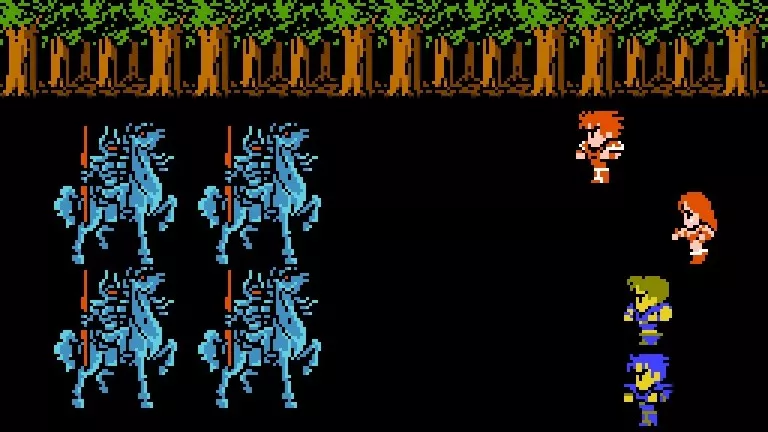In the current day, Final Fantasy enthusiasts have a plethora of options to choose from, as virtually every entry in the main series, including the spinoffs, are easily accessible worldwide in both physical and digital forms. If you reside in Europe or North America and desire to play Final Fantasy games 1 through 15 in the correct chronological sequence, you now have the ability to do so. However, some gamers remember a time when this was not the case at all. In the early stages of Final Fantasy, Square released certain mainline entries solely in Japan, which resulted in players outside of Japan having to wait for years to play these games. Additionally, Square released certain numerical installments in a different order in other regions, causing further confusion for franchise followers.
Following the success of the original Final Fantasy in North America, Square continued with Final Fantasy 2 and Final Fantasy 3 on the SNES, but then released Final Fantasy 7 on the PlayStation, leaving gamers wondering about the fourth, fifth, and sixth entries.
Later, North American audiences discovered that what they had believed to be Final Fantasy 2 in 1991 was actually Final Fantasy 4 in Japan, and that the Final Fantasy 3 released globally in 1994 was actually Final Fantasy 6, prompting the question of “why?” Why didn’t Square release Final Fantasy 2, 3, and 5 in the correct order for the rest of the world? The reasons included emerging technology, localization issues, and concerns over difficulty.
According to an old GameTrailers retrospective, Square Enix initially intended to release the genuine Final Fantasy 2 in North America. Kaoru Moriyama, who ultimately translated Final Fantasy 4, was first tasked with the English localization of Final Fantasy 2 in 1991 and produced a functional prototype. However, Square cancelled the localization due to the extended time it was taking and the approaching release of the SNES. The studio believed that Final Fantasy 2, which was initially released in Japan in 1988, was too outdated to bring to other regions just as a new, more powerful console was about to be launched. Instead, Square packaged Japan’s Final Fantasy 4, the first installment designed for the SNES, as Final Fantasy 2 in North America to prevent player confusion.
As for the real Final Fantasy 3, that game was released in Japan shortly before the first Final Fantasy was released in North America in 1990. In an interview with Eurogamer, Hiromichi Tanaka, the designer of the first three Final Fantasy games, explained that Square was occupied with newer installments for the SNES and didn’t have enough developers to work on an English localization of the third installment, despite Nintendo advertising it in magazines. In 1994, Square launched its most recent game, Final Fantasy 6, as Final Fantasy 3 in North America.
Consequently, Japan’s Final Fantasy 5 was also skipped in the process, and it was not released in North America until years after its 1992 launch. Square made several attempts to ship Final Fantasy 5 to other regions, but none of the localization attempts for North America were successful. Square felt the game was too challenging for the average gamer, and its tone and humor would not translate well in other parts of the world. Square reportedly considered renaming and repackaging the game as a standalone title for other markets to distance it from the main series, but ultimately scrapped the idea. Ted Woolsey, a former translator at Square, claimed that “Final Fantasy Extreme” was one potential name for the game.
Despite all these setbacks, Square decided that if it couldn’t port Final Fantasy 5 to North American SNES consoles, it would bring the game to PC instead. Square hired the studio Top Dog Software to port the game
